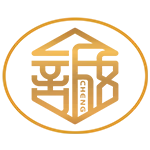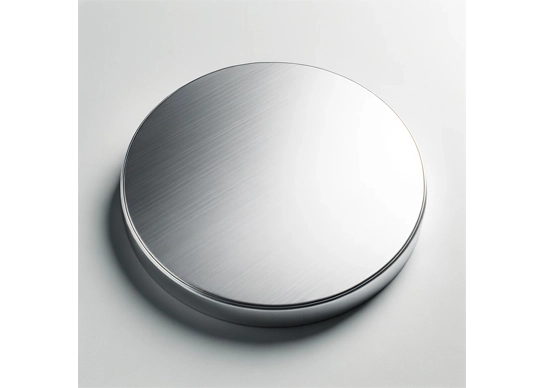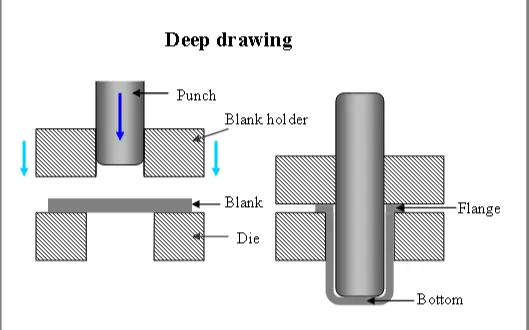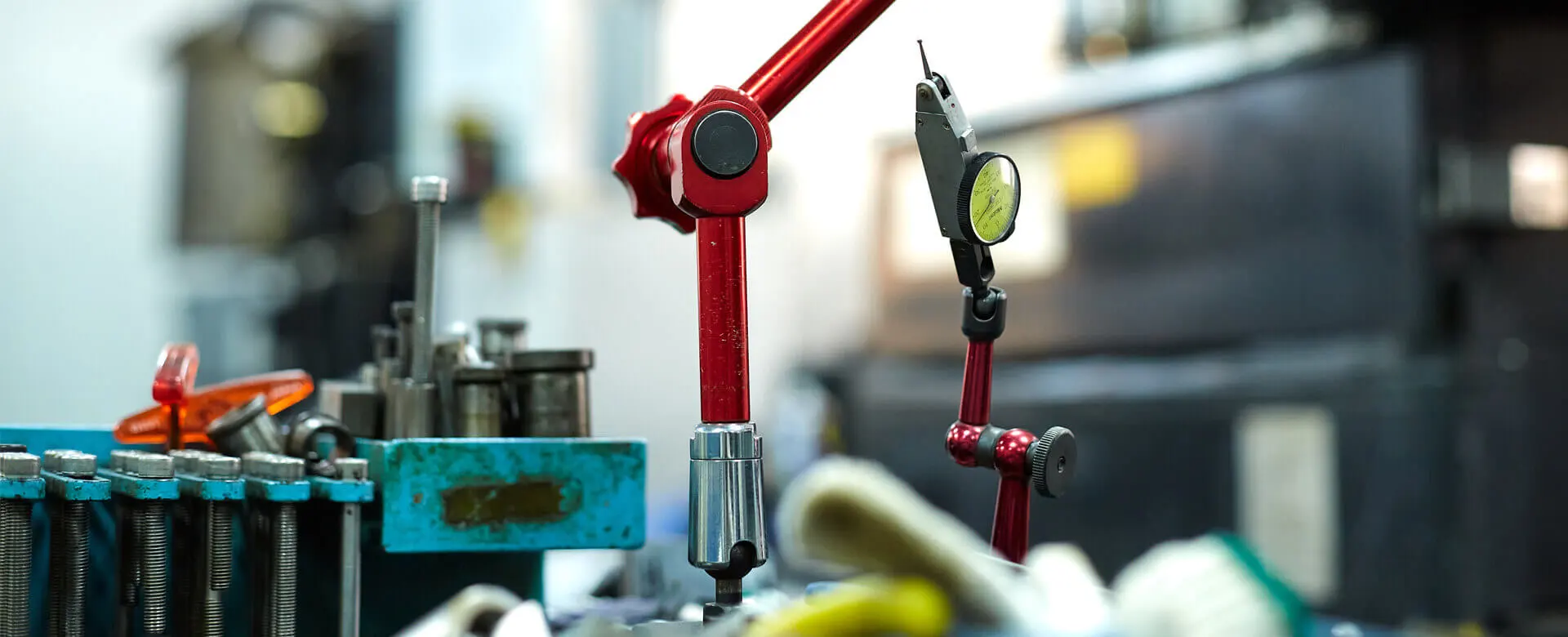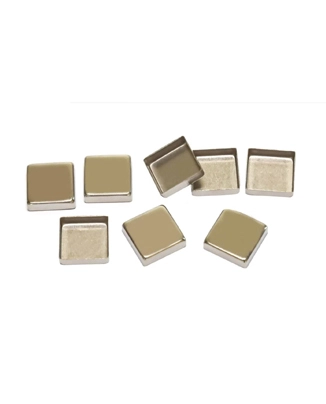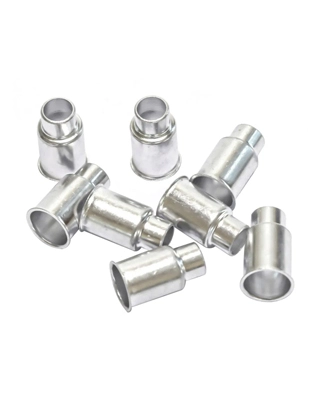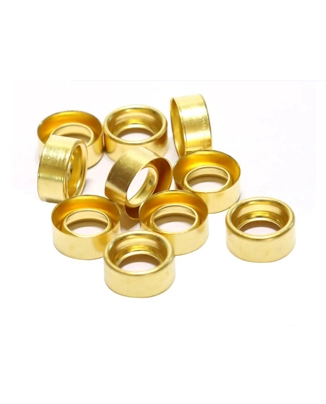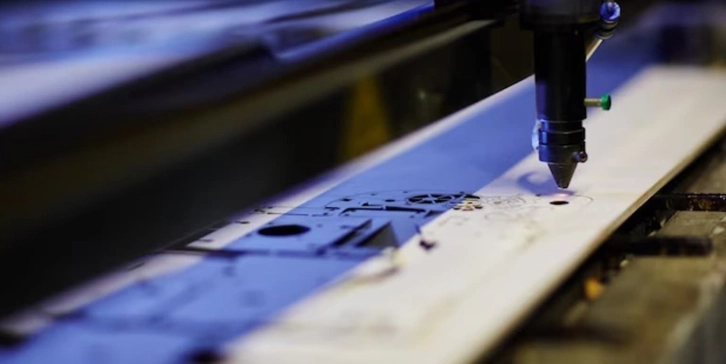Not all materials can be processed using a round deep drawing process. Materials properties like ductility, formability and elastic & plastic deformation is very important for this process.
Some of the most common materials and their properties that are processed using round deep drawing.
Low Carbon Steel
Ductility. Highly ductile of low carbon steel allows easy deformation during deep drawing without cracking.
Formability. It has a good formability which makes him suitable for most deep drawing applications.
Smooth Surface Finish. Low carbon steel typically produces excellent and smooth surface finishes in a deep drawing process.
Soft Aluminum Alloys
High Ductility. Soft aluminum and its alloys are known for exhibiting high ductility. Aluminium deep drawing allows them easy deformation in a round deep drawing process.
Lightweight. Aluminum and its alloy are very lightweight. This makes them an ideal choice for deep drawing applications where being a lightweight product is a critical factor.
Hard Aluminum Alloys
High strength to weight ratio. Hard aluminum alloys offer higher strength with low density when compared to soft alloys. This makes them an ideal choice for the deep drawing process of mechanical components.
Limited Formability. They may have reduced formability due to their high strength. Special considerations are needed to prevent defects like earring and cracking.
Copper
High Ductility. Copper is highly ductile. Copper deep drawing facilitates deep drawing operations. It's much easier to deep draw as compared to steel and aluminum.
Thermal Conductivity. Excellent thermal conductivity of copper is a notable property in deep drawing of electrical applications.
Brass
Corrosion Resistance. Brass metal stamping offers good corrosion resistance that makes it most suitable for applications involving high humidity atmospheric conditions.
Malleability. It is malleable, which means it deforms quite easily. This contributes to its formability in round deep drawing.
Bronze
Strength and Toughness. It combines strength and toughness. This makes it suitable for certain mechanical applications involving impact forces.
Corrosion Resistance. It also has good corrosion resistance. So has application in all humid environment conditions.
Titanium
High Strength to Weight Ratio. Titanium deep drawing has a high strength to weight ratio much higher than aluminum alloy. This makes it suitable for lightweight aerospace deep drawing applications.
Corrosion Resistance. It is corrosion resistant. This is advantageous in certain environments.

